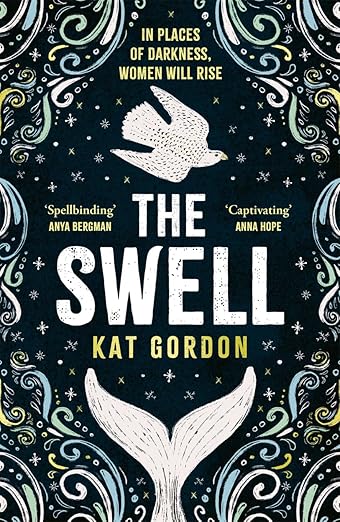Travel with Yangsze Choo’s folklore fiction to Manchuria
Yangsze Choo – The Fox Wife
Oh what a TREAT on The BookTrail today. Yangsze is fast becoming one of my favourite authors. First The Night Tiger and now The Fox Wife. Stories about animals and folklore are wonderfully crafted in her hands.
Here she talks about The Fox Wife and the fascinating setting of Manchuria:
BookTrail the locations in The Fox Wife
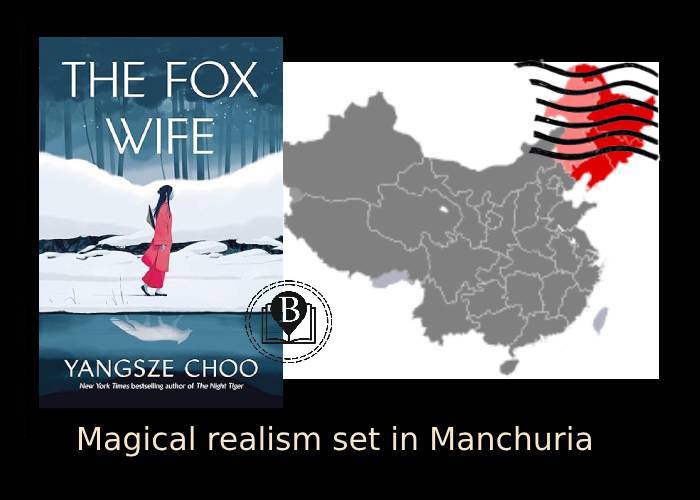
BookTrail the locations in The Fox Wife
The setting of my third novel, The Fox Wife, in northeast China or Manchuria in 1908 was chosen by foxes. Or to be more precise, the habitat of the red fox which is commonly found in those parts, as is the ancient cult of the fox, on which this story is based on.
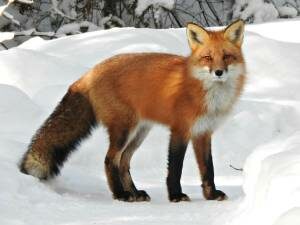
In Chinese literature, foxes are thought to have supernatural powers, and to be able to turn themselves into very attractive people. Wily tricksters, they will steal your heart as well as any money or gold wine cups that you happen to have lying around. I’d read many stories about them as a child, and when I began writing this novel, I did some more research to see exactly where this belief in foxes originated.
BookTrail the locations in The Fox Wife
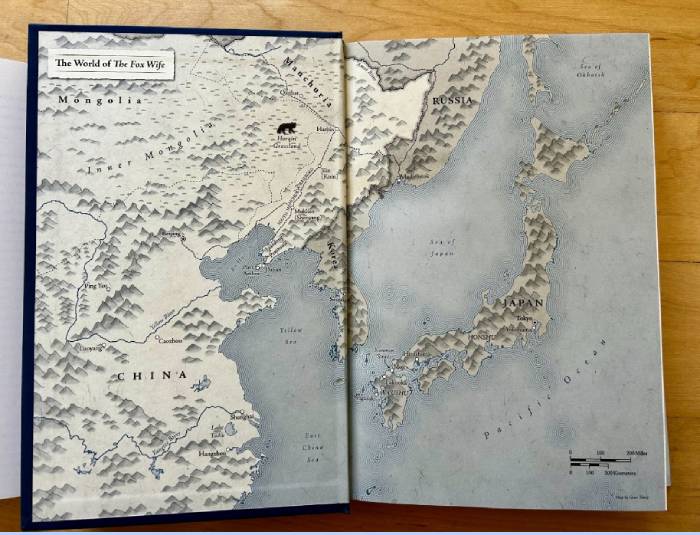
Map from The Fox Wife (c) Yangsze Choo
BookTrail the locations in The Fox Wife
It turns out that the fox cult, a folk religion that revered the fox as one of the Wu Da Men (Five Great Households) most likely originated in northern China, from where it spread to Korea and Japan, which also have long histories of revering foxes. The inside book cover of The Fox Wife has a wonderful ma, made by Gene Thorp, which shows the journey undertaken by Snow, a mysterious woman who claims to be a fox, as she travels from the Horqin grasslands to Mukden (modern day Shenyang), then to Dalian, and over the Yellow Sea to Moji, a port in Japan.
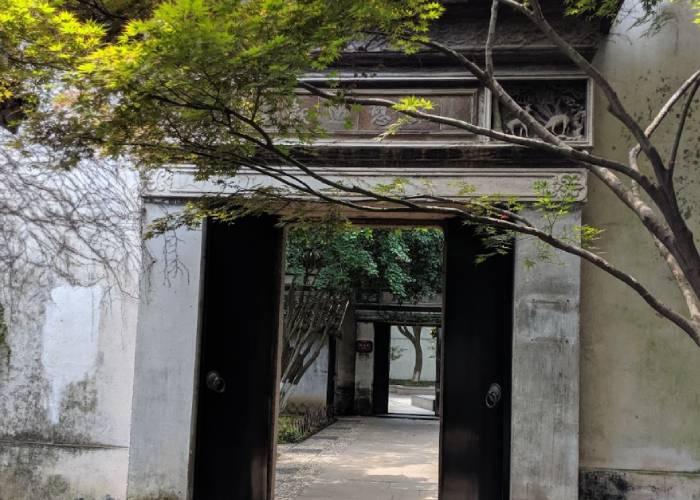
BookTrail the locations in The Fox Wife
While I was researching the novel, I made a trip to Suzhou and Hangzhou in China to see their famous historic gardens, which were the inspiration for the garden villas that feature in The Fox Wife. In the past, there were said to be more than a hundred ancient gardens, some dating back centuries, in that area. Although most have been lost or destroyed, there are still a few that can be visited and which give a glimpse of how the literati and officials of the past lived.

BookTrail the locations in The Fox Wife
Here, you can see a glimpse from courtyard to courtyard, many inlaid with mosaics of pebbles which were often laid out in an auspicious pattern. The gates often had names, and you can also see the exquisitely carved details on the top. The interior spaces of these houses were divided into private and public receiving areas, as well as quarters where the women of the house were secluded.
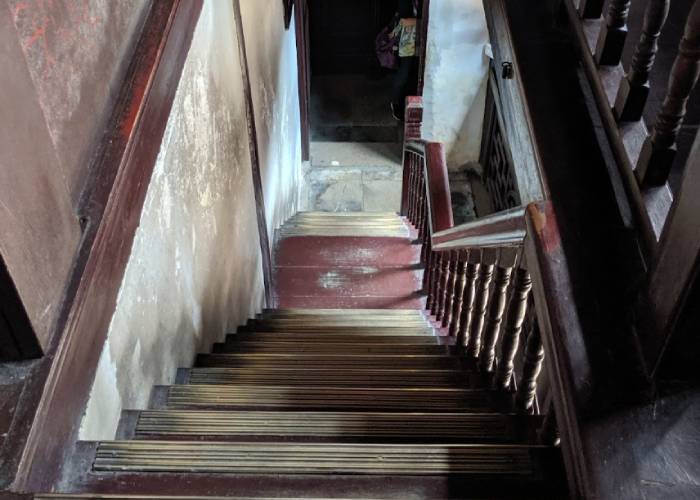
BookTrail the locations in The Fox Wife
When I was writing The Fox Wife, I thought about the women who were trapped in these lovely cages, unable to walk far because of their bound feet. The upper floors of many houses were where they lived, and I noticed that the stair treads were very small, perhaps for little feet to painstaking climb, as they supported themselves with the stair rails.
BookTrail the locations in The Fox Wife
From above, they must have gazed at the rooftops and tiles, hearing the voices of peddlers and other street vendors outside, but unable to leave. I put these details in my novel, including an escapade on the roof. In old Chinese and Japanese tales, people are always running along the roofs and when you actually visit these historic houses, you can see how low some of the walls were, and how tempting it might be to venture out on the roof tiles!
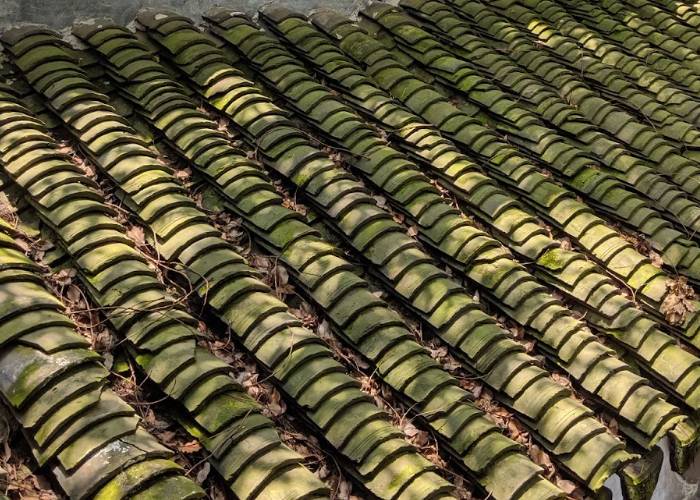
Map from The Fox Wife
BookTrail the locations in The Fox Wife
I’ve always loved bamboo for its rustling mystery. I spent part of my childhood in Japan, and the sound of bamboo rustling in a high wind is very nostalgic to me. I was lucky enough to visit a bamboo park in China as well. In The Fox Wife, the detective Bao has a childhood encounter with a fox god—or so he thinks—in a bamboo grove, very much like this one.
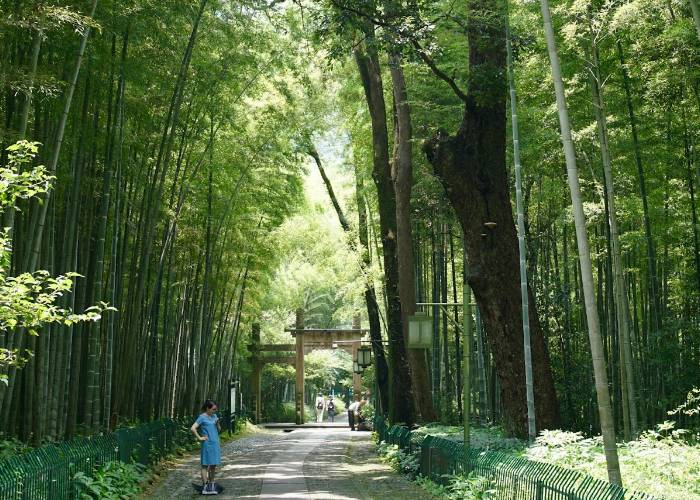
BookTrail the locations in The Fox Wife
I’d planned to return to China for a second research trip in Dalian and Shenyang (historically known as Mukden), but Covid happened and travel was restricted. So I moved the second part of the novel to Japan instead. The old coal shipping port of Moji, which is in present day Kitakyushu, was a place I’d visited before, and historically it also made sense for the novel. Moji at the turn of the century was rapidly modernizing, as Japan was looking towards the West. Mojiko still has a few old buildings from that era, known as Mojiko Retro, as you can see in this photograph I took. This is the Kitakyushu Friendship Memorial Library, which is a memorial building between Moji and Dalian, China.
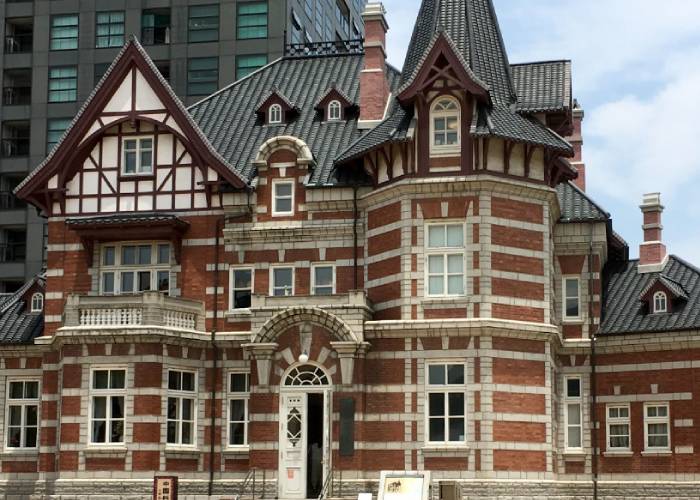
Kitakyushu Friendship Memorial Library
BookTrail the locations in The Fox Wife
Finally, I’ll leave you with another picture of a garden in China. I loved how every space was filled with plants that were carefully considered and seasonal. I went in June, which was when the lotuses were blooming, and they were everywhere, tucked into pots and even displayed as miniatures grown in table top bowls. Lotus is much beloved in Asia, as a symbol of purity and endurance that emerges from the mud. In The Fox Wife, Snow, the title character, embarks on a thousand year journey. I hope you’ll enjoy her travels in this book!
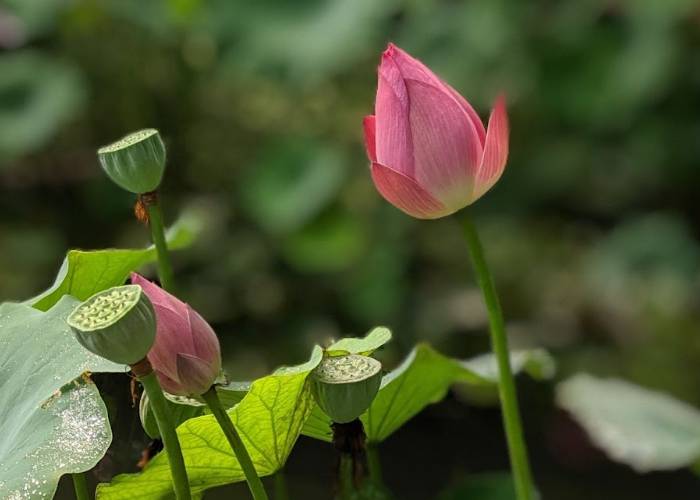
Thank you so much Yangzse for such a fascinating trail of your wonderful novel!
BookTrail Boarding Pass: The Fox Wife
Twitter:@yangszechoo




